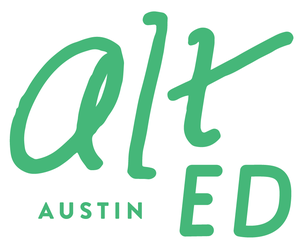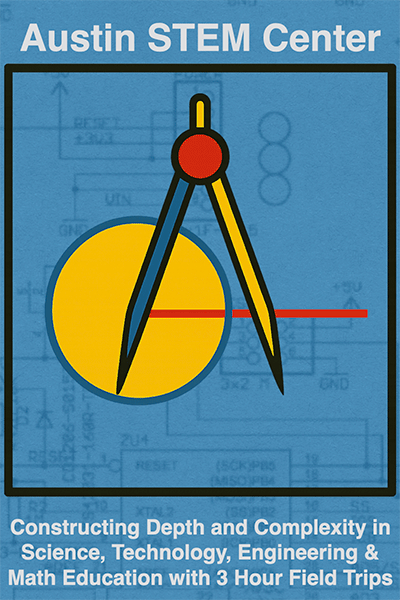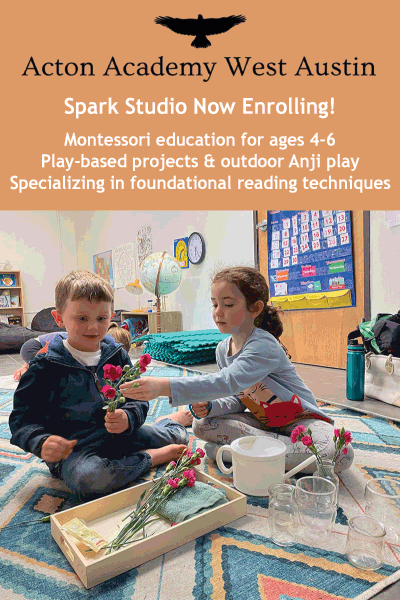Finding balance in a self-paced process
/
Samantha Jansky and Janita Lavani are co-founders of Ascent: An Acton Academy in North-Central Austin. With many years of experience as Socratic guides and Acton curriculum developers, they have a lot to say about the balancing act required of both learners and adults in a flourishing self-paced learning environment. We’re pleased they agreed to share some of their wisdom with us on the Alt Ed Austin blog.
The ingredients of a healthy self-paced learning process can prove empowering and set learners up for success for life. However, there’s an element of balance required to pull them all together. Paradoxically, autonomy requires accountability, and flexibility requires structure. While it might seem as though these are in conflict, they work in tandem to give much-needed balance to an individual’s learning process.
Autonomy, as you could have guessed, is at the core of self-paced learning. At Ascent, the learners determine for themselves how and when to approach their work. They do so when they are motivated through pursuing their curiosities, when they are equipped to engage freely in their environment, and when they practice toward mastery. Learners are not bound by limits placed on them because of their age. They can go as far and beyond what is expected of them in a particular subject. They can also choose when to work on the material; perhaps they are someone who likes to focus on a certain subject for weeks at a time, or perhaps they like a little balance each day. Ultimately, it is up to them to decide how to approach their work.
The flexibility of self-paced learning plays into genuine autonomy. Learners practice adjusting timelines, revisiting concepts, and incorporating feedback, allowing them to navigate their learning journey with resilience and a growth mindset. it offers the opportunity to practice adaptability in the face of unforeseen challenges and push through when faced with resistance.
This flexibility, however, doesn’t imply a lack of structure or discipline; rather, it encourages individuals to take ownership of their learning journey and create the structure themselves through tools introduced to them (some examples include SMART Goals, the Urgent/Important Matrix, squad frameworks, and the badge system to stay on track). Self-paced learning means you work on each subject at your pace—slowing down when you need to grasp something, and accelerating once you’ve mastered a topic. Self-paced learning empowers individuals to keep moving forward.
One of the most important tools offered to learners in a self-paced environment is goal-setting: establishing realistic objectives and timelines to maintain a sense of purpose and direction. Goal-setting ensures that the learners stay focused, motivated, and accountable. In a learner-driven environment, the learners are accountable to their growth. A key difference between this and more traditional learning environments is that a learner’s standing in any subject area is not compared to a predefined standard; rather, their progress is measured against their past achievements and efforts. The practice of setting SMART (Specific, Measurable, Achievable, Relevant, Tough/Time-Bound) Goals is critical in this regard. A true SMART goal is challenging. It pushes your limits to see what you can do, and it is built upon past progress and learning. This is where the rigor of a learner-driven environment comes into play.
The combination of clear goals, accountability, and active engagement creates a tremendous amount of structure in a learner-driven environment—but it’s not a “top down” structure created by someone else. When the learners have autonomy over their learning and their work output, they are the ones creating the structure they need to thrive, leading to a strong sense of responsibility.
Here’s a story that pulls all of this together. It’s one of many examples we have seen over the years of the magic of balancing autonomy with accountability and structure with flexibility.
It was a chilly February morning, and one learner was celebrating. Running around the studio, she was ecstatic. “I got my level 2 Math badge, I got my math badge!” The other learners in the studio were not silent on the matter, either. Loud jubilation and high-fives took place all over the space.
This young hero had finally found her stride in math—a process that included a lot of help but that was hers to own. For a couple of years, she had struggled to find flow in this particular subject. Her squad frequently supported her in goal setting, and her guides engaged her with questions and challenged her to set tough goals and develop a regular practice. She had the tools, such as SMART goals, a watch that reminded her to take quick breaks before getting back to work, a badge system that offered extrinsic motivators in each subject area, and powerful online platforms. She had the support of her parents, who checked in with her frequently but were also aware of when they needed to give her space; they also left her plenty of space to fail (and to own that, too).
This recipe was one for success, but she needed time to find her stride—to accomplish big wins in math on her timeline, at her pace. This allowed her gradually to build up confidence. She faced setbacks and learned to lean on her support system when she got an answer wrong—asking for help when she needed it—and eventually built up the mental muscle she needed to resist the urge to give up when she got an answer wrong. After months of setting daily math goals to create a habit, having the discipline to tell friends she was working, using her watch, and rewarding herself with reading after she finished her math goal, she created a structure that worked for her and found flexibility in her practice.
She had full autonomy (no one was going to make her do her work) but was also accountable to her goals and to the people she pulled in for support. She felt pressure, but it was rooted in her self-paced striving toward mastery. Most importantly, she owned the whole process, all the ups and downs, and so in the end, she realized her potential all on her own.
Samantha Jansky and Janita Lavani | Ascent: An Acton Academy
















